Among over 54,000 students enrolled at the University of Minnesota, numerous staff and faculty are deaf or hard of hearing.
Students and staff who are hard of hearing have different experiences around the University than people who are not hard of hearing, such as enabling captions in lectures and reminding non-disabled people about being hard of hearing.
Leah Dolezal, a senior teaching specialist for the College of Education and Human Development (CEHD) and a doctoral student, was born Deaf and uses American Sign Language (ASL) to communicate.
Dolezal said there are not as many deaf graduate students as there are undergraduate students, which is something she hopes CEHD’s Deaf Equity Task Force will mitigate.
“It’s hard being the only deaf student in the program in a world that’s not really built for deaf students,” Dolezal said. “If a student is from China or Korea where English might not be their first language, it seems like they can do more. It’s hard not to view it as a race, where they seem to get through the content faster than I do.”
Dolezal said she started her doctorate in the fall of 2020, during the height of the COVID-19 pandemic. She added it was a learning experience to attend school online with accommodations such as interpreters, who have not experienced being in doctorate-level classes.
“We decided after three years to have three interpreters [in classes],” Dolezal said. “It minimized my burden of trying to help the interpreters with explaining what is going on and what they need to know to be able to actually interpret the information correctly for me.”
According to Dolezal, two interpreters typically work with one deaf student in each class, taking turns informing the student what is being said and allowing the interpreters to add information.
Dolezal added that most instructors are understanding of the accommodation but said there was one instance during a research panel where her interpreter request was denied.
“It was really disheartening to walk around to all these people who had presented their research,” Dolezal said. “At the same time, I had to think, ‘I’m Deaf, I’m working full time, I’m a mother of two as well.’ There’s a bit of a cultural aspect that is hard to fit into as a Deaf student.”
She added that some confusion happens when she requests an interpreter, where University officials will refer to the ASL department for interpreters rather than the University’s interpreting captioning unit.
“I get a lot of requests for, ‘Can we use our ASL students as interpreters?’ Absolutely not,” Dolezal said. “It’s not the same thing. They are learning a language for themselves, not to become interpreters and interpret for other people.”
As a senior teaching specialist for CEHD’s Department of Educational Psychology, Dolezal said she has never felt more at home, as there are seven faculty members in the department who are deaf.
“I’ve taught for eight years at a public high school prior to this position, and I felt really soloed, there’s no other deaf professors or teachers,” Dolezal said. “[Here], I feel like I’m on the same page for teaching. I’m focusing on the target language of ASL and nobody is using their voice.”
Michael Smith is a 77-year-old taking classes through the University’s senior citizen education program and has cochlear implants, which the Mayo Clinic says are an electronic device that delivers sound signals to a receiver implanted under the skin.
Smith said people have misconceptions about hearing loss that cause a lot of confusion about how to interact with deaf or hard-of-hearing people.
“Many people want to do the best they can to accommodate, but they don’t know how touchy the situation is,” Smith said. “For a lot of people and me, the reluctance is that some people will take over. You might say, ‘Will you speak a little slower?’ and instead they decide to shout or they’ll start doing sign language.”
Smith added he considers hearing loss as not a disability but as a challenge.
“There are some people within the hearing loss realm who will say it’s not an impairment, but that’s what it is,” Smith said. “I had a hearing life at one point that I lost. It’s a challenge whether you’ve conquered it or not.”
Smith recalled a time when he had a music professor from Rochester who shifted from playing music to teaching music with one cochlear implant, where she used music vibrations to teach. According to Smith, her students were oblivious to the fact that she had hearing loss.
“What she did was change her attitude from loss to gain, not by losing hope, but by what did she gain,” Smith said. “Much of it is really about a mindset change.”
Vibrations are what Smith said helps him hear his environment when he does not have his cochlear implants in. He added that one example would be if he was wondering whether he had turned his dryer on, he would feel it for vibrations.
Smith added that some people who have lost their sense of hearing are stronger in other senses, such as vision.
“I watch things more, even with my cochlear implants, than the average person does,” Smith said.
When it comes to taking classes, Smith said it is not his hearing loss that is a barrier in his classes but rather his age.
“I would say that most professors and students are very helpful and accommodating,” Smith said. “I’m the ‘old guy’ here, and it sometimes gets in the way of actually having good interactions and discussions.”
Elaea Purmalietis is a research assistant at the University’s Auditory Perception and Cognition Lab and will be pursuing her doctorate in psychology this fall. Unlike some deaf or hard-of-hearing people, she has a type of hearing loss that cannot be remedied with a hearing aid, which is designed to help amplify sounds at higher frequencies.
Purmalietis is unable to hear lower-frequency sounds such as thunder, and no device exists that can resolve that issue. Purmalietis added that the absence of a device can make it more challenging for people to recognize the difficulties she deals with.
“It’s not like I can show people, ‘Oh hey, I have a hearing aid,’ or they could see a device from behind and be able to figure out what was going on,” Purmalietis said.
She said she is not trying to be rude when she ignores people trying to get her attention, but rather, it is difficult for her to hear what is happening around her, especially in crowded settings.
“A big part of my growth as a person throughout undergrad and into adulthood has been going with the flow,” Purmalietis said. “I have to not let it make me feel bad or isolated and I can let people know ahead of time that I have hearing loss.”
Purmalietis said the University Disability Resource Center (DRC) helped her a lot with getting appropriate accommodations throughout her undergraduate experience and plans to continue to use their services as she pursues her doctorate.
“The University of Minnesota is really fantastic at providing accommodations like having a captionist in your lectures,” Purmalietis said. “That was never an option for me earlier in my education, so it made a lot of the information much more accessible.”
Purmalietis said she struggled with deciding whether to pursue a career centered on hearing loss, but she chose to pursue research to get a better understanding of what it is like to live life as a hard-of-hearing person.
“All of the different sensory systems play a role in how we make sense of the world,” Purmalietis said. “It’s really important to have an understanding of that.”
For Dolezal, her degree will enable her to spread information and wisdom to other deaf people. She added she hopes the University will become a top institution for deaf and hard-of-hearing students.
“My Ph.D. process is incredibly tough. You have to be good at English and ASL,” Dolezal said. “A big part of my support is the deaf and hard of hearing program here at the University. It’s a small department, but the heart is so big.”
This article has been updated.


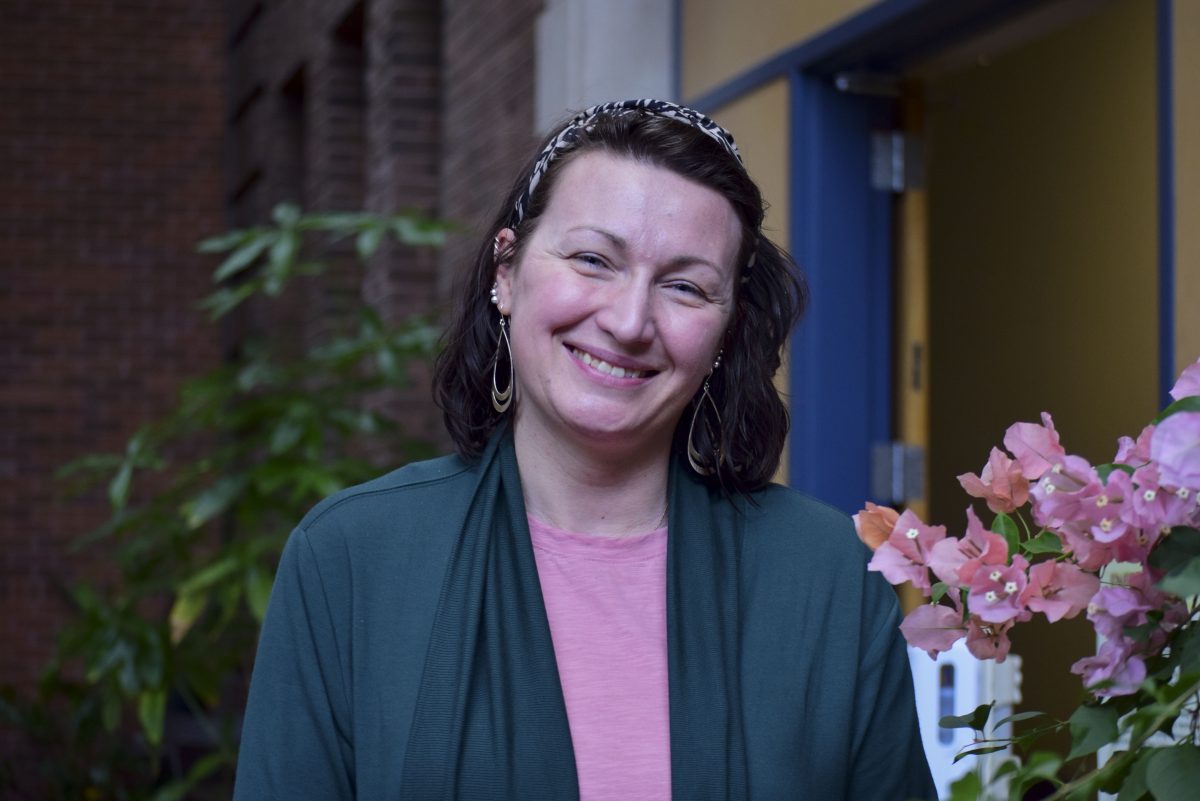



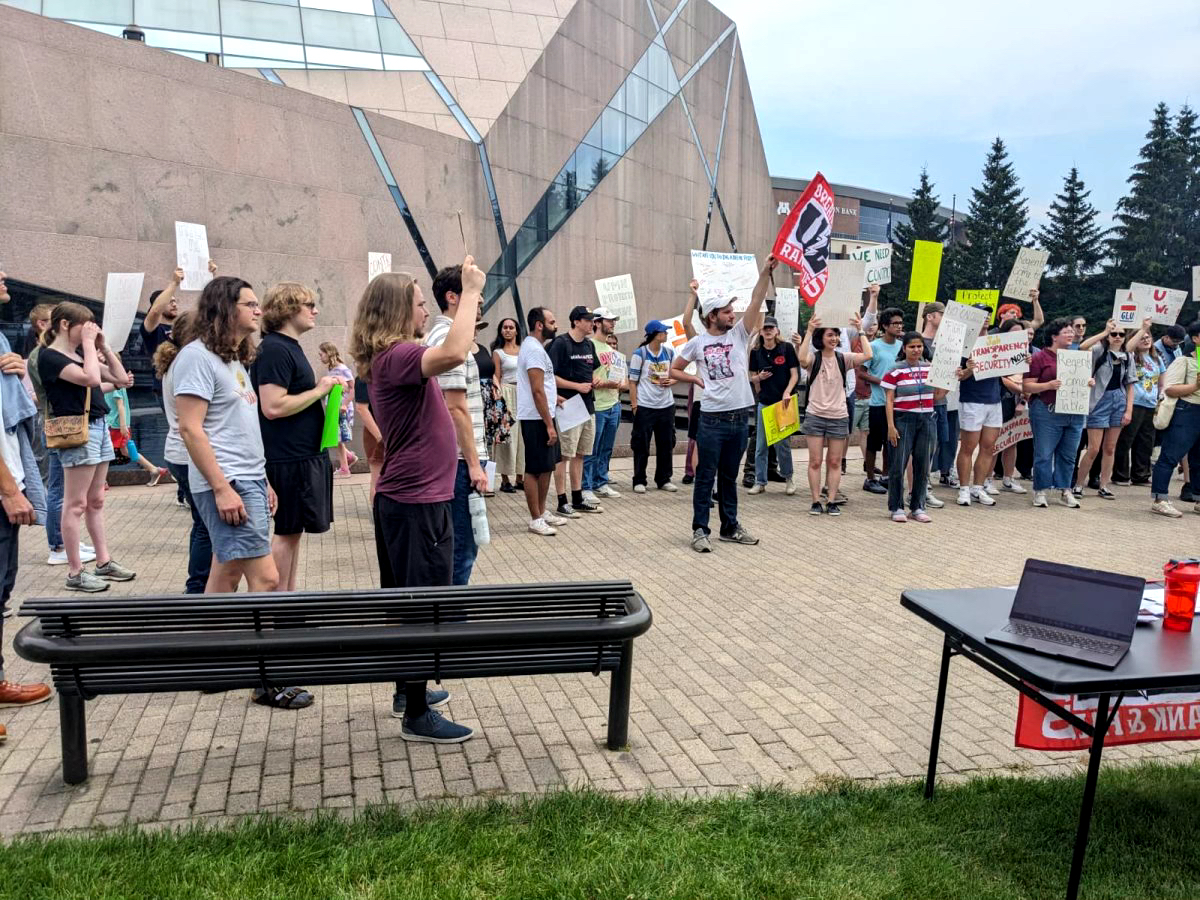
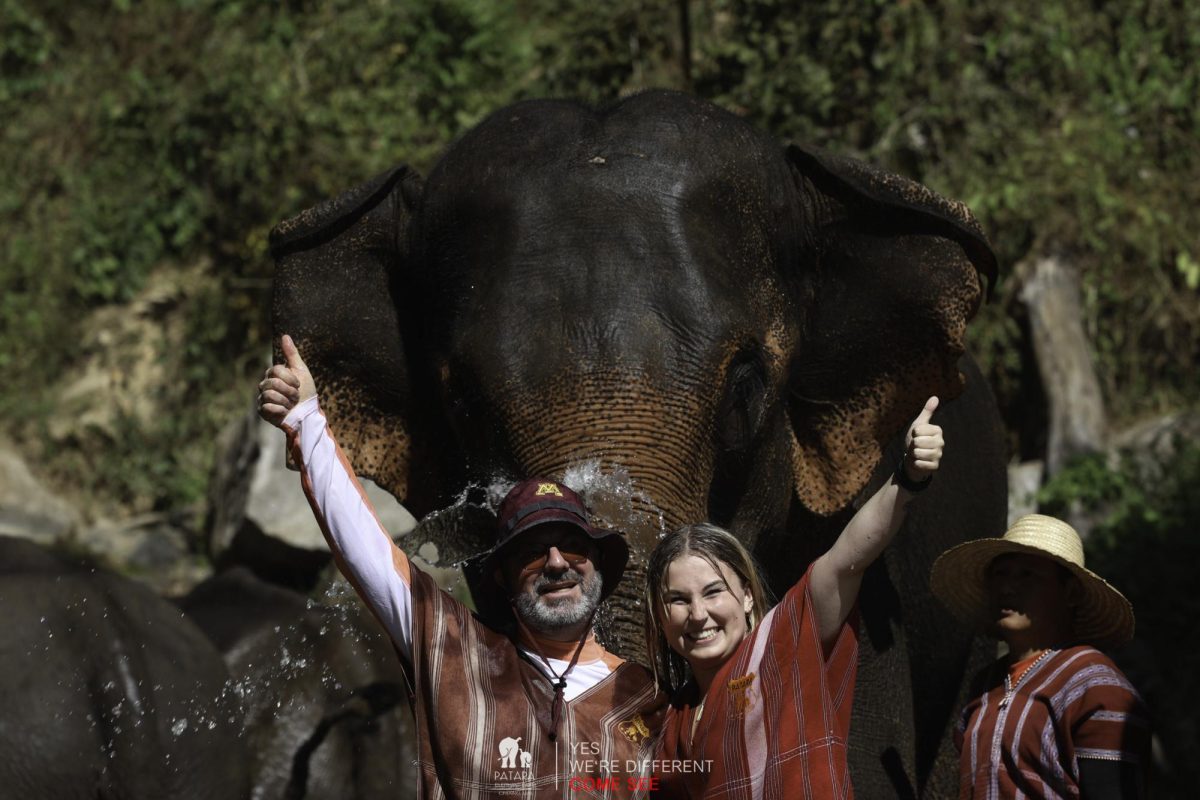



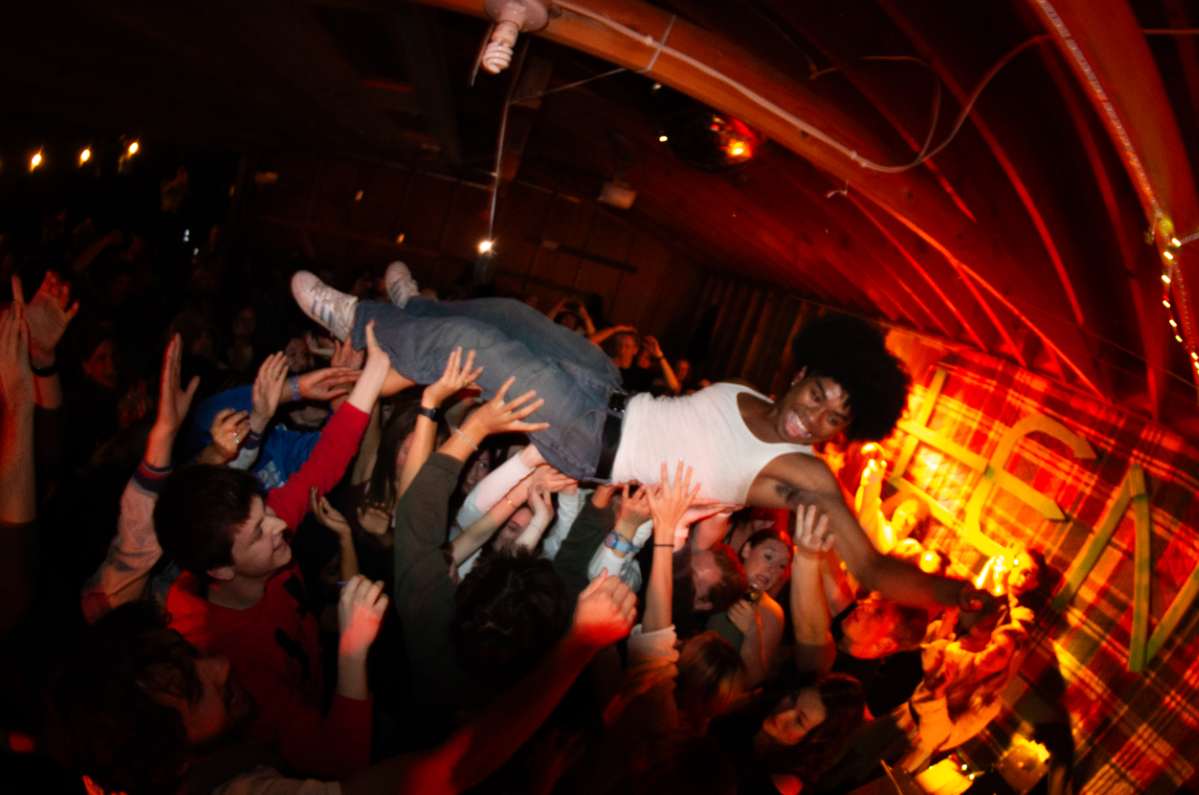


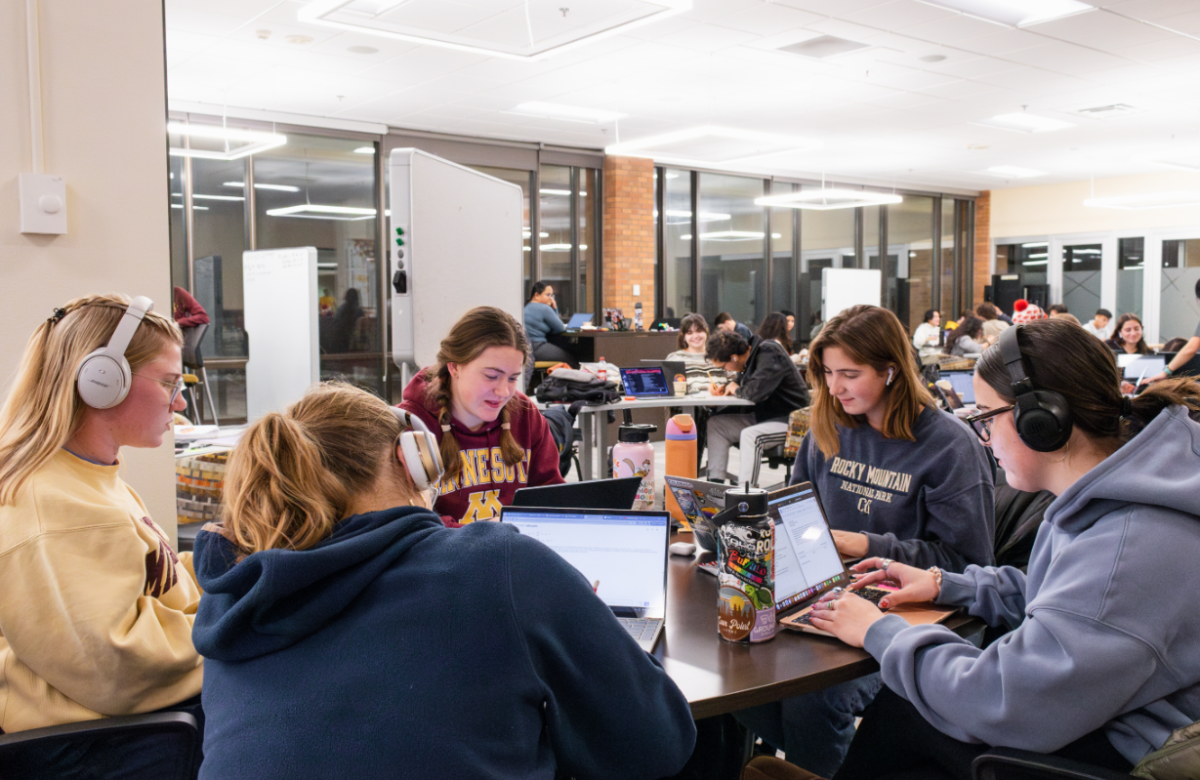
michael smith
Apr 19, 2024 at 5:17 pm
I appreciate others’ tips on how to better communicate with those who are hearing challenged but want to suggest the most important thing you can do is LISTEN to what the challenged person is requesting. For instance, when you’re asked to speak a little slower but instead just raise your voice, it usually makes word clarity worse. LISTENING is never a disability—it’s more like a capability.
Stephen Hauser
Apr 19, 2024 at 9:26 am
I am hearing impaired, and have been using hearing aids for about five years. Even the best technology doesn’t equal good “natural” hearing, most notably in loud environments with lots of reverberation. (I call these “kryptonite” environments).
What you can do to help those of us who are impaired (but not deaf): speak louder than normal, slow down your speech, endeavor to “separate” each word (this helps in processing), and, whenever possible, face the impaired person, as even those of us who don’t lip read pick up useful “cues”.
And while I wouldn’t discourage anyone from wearing a Covid mask if they feel it appropriate to do so, realize that masks impart the double-whammy of attenuating the high frequencies necessary for speech intelligibility and also preclude one’s ability to read lips.
Tipper
Apr 19, 2024 at 8:52 am
As a hard-of-hearing grad student (also an older student, parent, and employee of the university!), I’m glad to see this article bringing awareness to the unique needs of hard-of-hearing and Deaf students. (I have congenital hearing loss with severe-to-profound deafness and wear bilateral hearing aids.) One thing that is frequently left out of conversations regarding hearing loss is the increased cognitive load of processing language when hearing is impaired. For me, at least, it’s exhausting – reading lips, considering contextual cues, thinking about the words I’m hearing, and then also thinking about the content and concepts. Even *with* hearing aids, this is necessary, as hearing aids do not make hearing loss disappear. And I didn’t get hearing aids until I was 21! There are many students, staff, and faculty who may have hearing loss that hasn’t been diagnosed, or they’re not able to afford to correct it, as hearing aids are usually not covered by insurance (they are partly covered by the University’s plan, for staff, anyway).